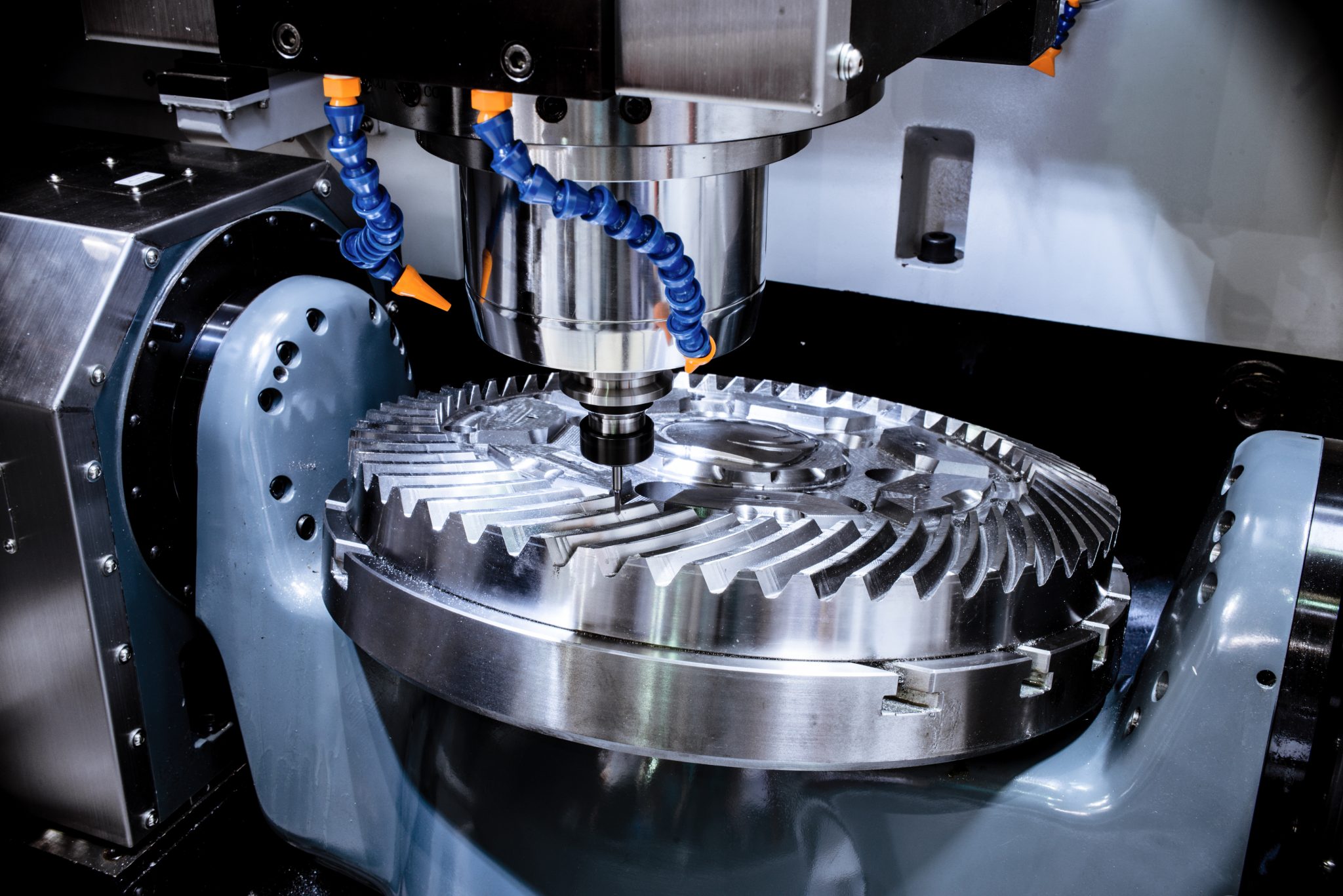One of the biggest challenges in modern manufacturing is understanding the different machines and processes involved. CNC turning and CNC milling are two of the most common and useful machining processes, and understanding the difference between them can help machinists achieve better results. In addition, CAD and CAM operators can create parts that can be machined more efficiently, resulting in a more streamlined manufacturing process.
Although CNC turning and milling processes have some overlap, they use fundamentally different methods to remove material. Both are subtractive machining processes that can be used on small or large parts across a wide range of materials. However, the differences between them make each more suitable for certain applications.
CNC milling involves using a variety of rotating cutting tools to remove material from a workpiece based on a custom design created using computer-assisted design programs. The result is a custom part that can be reproduced as many times as needed to achieve a production run of identical parts. CNC milling is used in both heavy-duty industrial facilities and small machine shops and is suitable for all kinds of materials.
Milling machines generally fix the workpiece in place on a bed, and the bed may move along the X, Y, or Z axis. The cutting tools are typically mounted along a horizontal or vertical axis, and milling machines can bore or drill out holes or make repeated passes over the workpiece to achieve a grinding action.
CNC turning, on the other hand, involves holding bars in a chuck and rotating them while feeding a tool to the piece to remove material until the desired shape is achieved. CNC turning is great for cutting asymmetrical or cylindrical parts and can also be used for processes like boring, drilling, or threading. Everything from large shafts to specialized screws can be crafted using CNC turning machines.
In CNC turning, the part itself rotates while a stationary cutting tool is used. The stability that comes from mounting a workpiece on a rotating spindle between the headstock and tailstock allows turning centers to use cutting tools that are fixed. Tools with angled heads and bits can produce different cuts and finishes. Live tooling, or powered cutting tools, can also be used on CNC turning centers, although it is more commonly found on CNC milling machines.
Both CNC turning and milling use CNC control to pre-determine the exact order of operations, meaning that the entire process can be pre-set exactly. As a result, both processes are highly automated, with actual cutting operations being completely hands-free. Operators only need to troubleshoot and, if necessary, load the next round of parts.
When designing a part, CNC milling is best-suited for surface working, grinding, and cutting, as well as symmetrical and angular geometries. Horizontal or vertical milling machines are available, each with its own unique properties. CNC turning, on the other hand, is generally well-suited for prototyping low-volume production or for asymmetrical and cylindrical geometries. CNC turning centers can also be used for high-volume production of certain specialized parts, such as screws or bolts.
Both CNC machines are critical to modern CNC machining, with turning machines rotating the part and milling machines rotating the cutting tool. A skilled machinist can use either machine, or both, to create parts cut to exacting tolerances.

